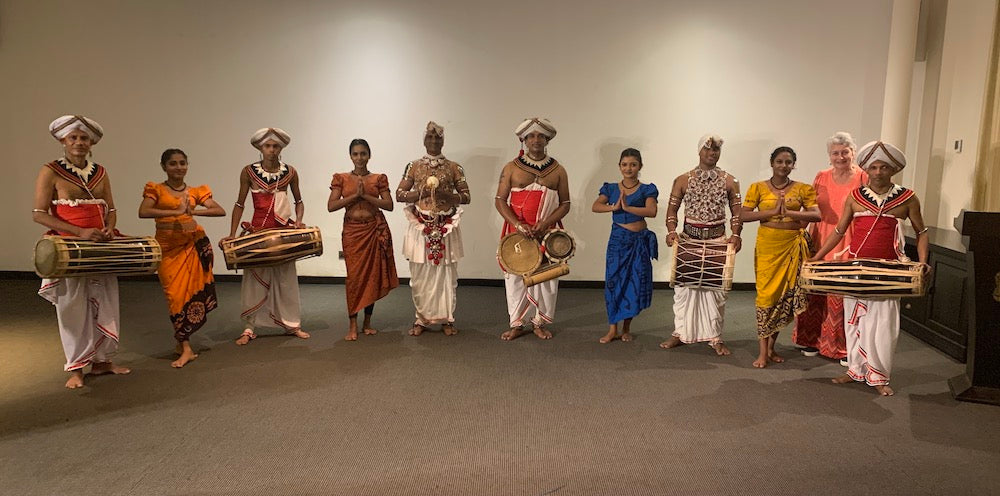
Why would this island be called ‘The Land of Serendipity?’ Serendipity originates from ‘Serendip,’ an old name the Arabs and Persians gave to the country. Serendip referred to the title of a Persian fairy tale, The Three Princes of Seredip. These princes were not looking for anything but always seemed to discover things by accident. Hence, the word ‘serendipity’ means ‘unexpected good luck through good fortune.’
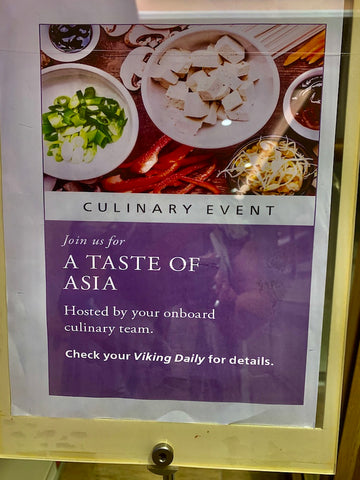
Our journey on the Viking Mars was also a kind of ‘serendipity,’ despite the near-disaster Debby and I had to endure to earn this cruise! But all kinds of unexpected delights waited for us, and we were very comfortable in our beautiful, roomy stateroom with all the conveniences. We also enjoyed the fragrant bathroom products and sitting on the balcony, breathing in the sea air.
As is the custom, Viking introduced us to the cuisine of the country we would visit, Indian food. My knowledge of Sri Lanka was limited, and I was pleasantly surprised to discover the profound influence of India on its civilization. Sri Lanka has two major ethnic groups, the Sinhalese and the Tamils. Its two dominant religions are Buddhism and Hinduism.
My fascination with visiting the country (previously known as Ceylon as the British dubbed it in the 18th Century) was not only a whim - as a South African, I grew up drinking Ceylon tea. It may sound frivolous, but tea time is an important social custom in the country of my birth and therefore, tea plantations hold a certain fascination for me.
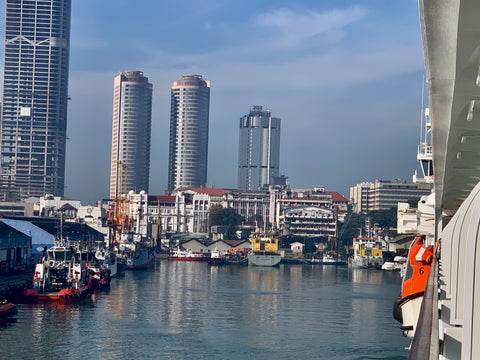
The historical parallels between Sri Lanka and South Africa were striking. The Portuguese, who dominated Sri Lanka from 1505 to 1658, also explored the coast of Africa during those years. The Dutch, who ruled Sri Lanka from 1658 to 1796 , also colonized and occupied South Africa. These shared histories, though complex, are a testament to the interconnectedness of our world.
The British ruled South Africa from the turn of the 19th Century until 1910 when it became a sovereign state within the British Empire. Britain also occupied Ceylon from 1796 to 1900. The island changed its name to Sri Lanka in 1972 when it declared a republic. The name, adopted from the Sinhalese language, acknowledged the country’s multicultural identity while maintaining a link to the British Commonwealth. South Africa became a republic in 1961.
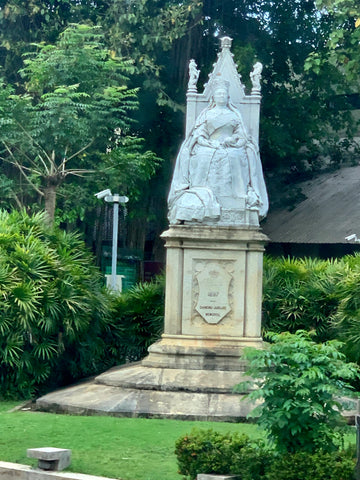
Today, in Colombo, the capital city of Sri Lanka, one can find some Portuguese last names and Roman Catholic churches. Very little remains of the Dutch. The British left a more lasting impression, notably statues, splendid historic buildings, streets named for former British governors, residential districts, and tertiary institutions, namely the University of Colombo and the Royal College.
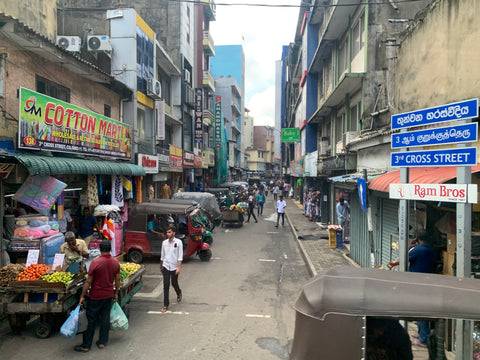
Our motor coach took us through busy roads in Colombo. The sidewalks were teeming with informal stalls displaying myriad products and produce. The streets were buzzing with tuk-tuks and trucks.
Tuk-tuks are a major mode of transport in the city. In fact, Sri Lanka imported, mainly from India, nearly 1.2 million three-wheelers. Since the recent energy crisis, there have been plans to electrify the vehicles.
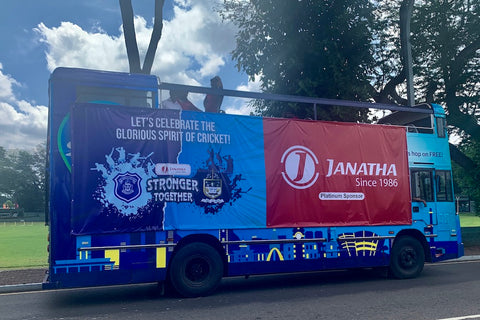
As we reached Independence Square in the Cinnamon Gardens neighborhood, we heard loud trumpet playing and riotous drums, followed by the arrival of an open deck bus filled with sports fans loudly cheering and singing along. As they pulled to a stop, we saw a huge banner hanging down from the side of the bus with the wording: “Let’s celebrate the glorious spirit of cricket!” Cricket, introduced by the British, is the most popular sport in Sri Lanka, and of the twelve countries in the world that participate, it is one of six that won a cricket World Cup.

Built after attaining autonomy from the British, Independence Square stands as a symbol of democracy and freedom. Lush greenery and beautifully landscaped gardens surround the square. In front of the steps, stone-carved lions guard the entrance. The square showcases a fusion of traditional Sri Lankan and colonial architectural styles. I enjoyed studying the intricate stone carvings in its many pillars.

One cannot help but notice the strange Banyan trees (Ficus benghalensis) along the way. Aerial roots shoot from their branches, taking root in the soil and becoming new trunks. Thus, one tree can become a small forest. The Banyan tree is native to the Indian sub-continent and symbolizes life and fertility. Buddhists also revere this tree, for rumor says that Buddha found wisdom as he sat underneath it.
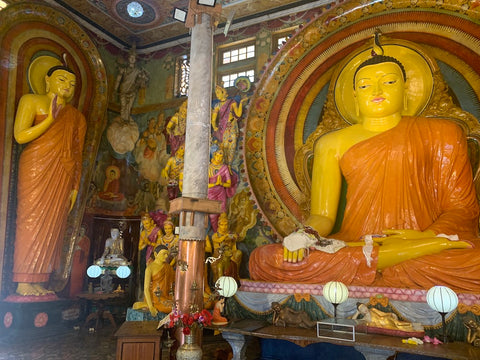
We stopped to explore Gangaramaya Temple, the largest in Colombo and a Buddhist learning center. At all temples, we had to dress conservatively, cover our shoulders and legs below the knee, and take off our shoes before entering the premises. Some people had to put on long gray wraparound skirts. Two golden Buddha statues stand sentry at the entrance. I felt in awe of the richness of the works of art in the Temple. One cannot describe the impact of the elaborate visual images overcrowding the surfaces: wood carvings of elephants and swans on the door, statues of lions and nymphs, and Chinese vases hugging available spaces.
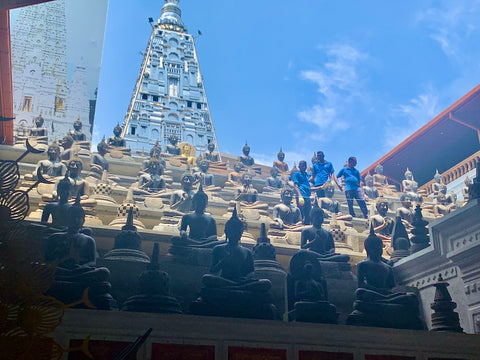
Next, we went through a courtyard and past more than forty identical Buddha statues perched in rows on each level of a massive staircase. I wondered about their significance. It would have been nice if somebody described what we were looking at. We all had a turn to view, with a magnifying glass, the smallest Buddha statue on the island, safely guarded in a glass box. It could not be seen with the naked eye.
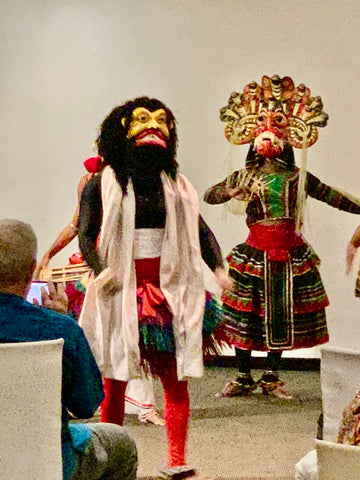
When in strange countries, I attend cultural evenings whenever I can, so I booked a unique excursion to the Galle Face Hotel, another British-era landmark, to participate in a dinner and then a dance show. The dinner was not up to Viking’s standard but edible. I loved the Sri Lankan dances called Kandyan Dances, which reflect the country’s age-old history of cultural encounters. We saw elegant dance scenes depicting scenes from an epic Hindu poem, Ramayana, lively Devil Dances, and dramatic dances with males wearing bright carved wooden masks accompanied by drum players. It was a stunning evening, although a little disappointing that it had to be indoors at floor level. Therefore, servers carrying trays of snacks and drinks obscured the views, and I had to stand to peer over and around other visitors. I was a little disappointed that Viking did not warn us that they had invited a similar group on the same evening to perform on our stage on the ship. I could have saved some money and stayed on board!
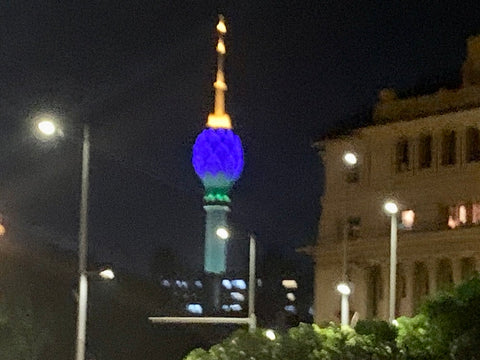
However, I would then have missed the Lotus Tower at night. Wow! What a beautiful sight. The tower is multi-colored and beams different hues every few minutes. This structure, completed in 2012, is Sri Lanka’s tallest skyscraper and South Asia’s tallest self-supported structure. The tower is open to the public for viewing. Seeing this magnificent sight was a fitting end to my stay in Sri Lanka.

